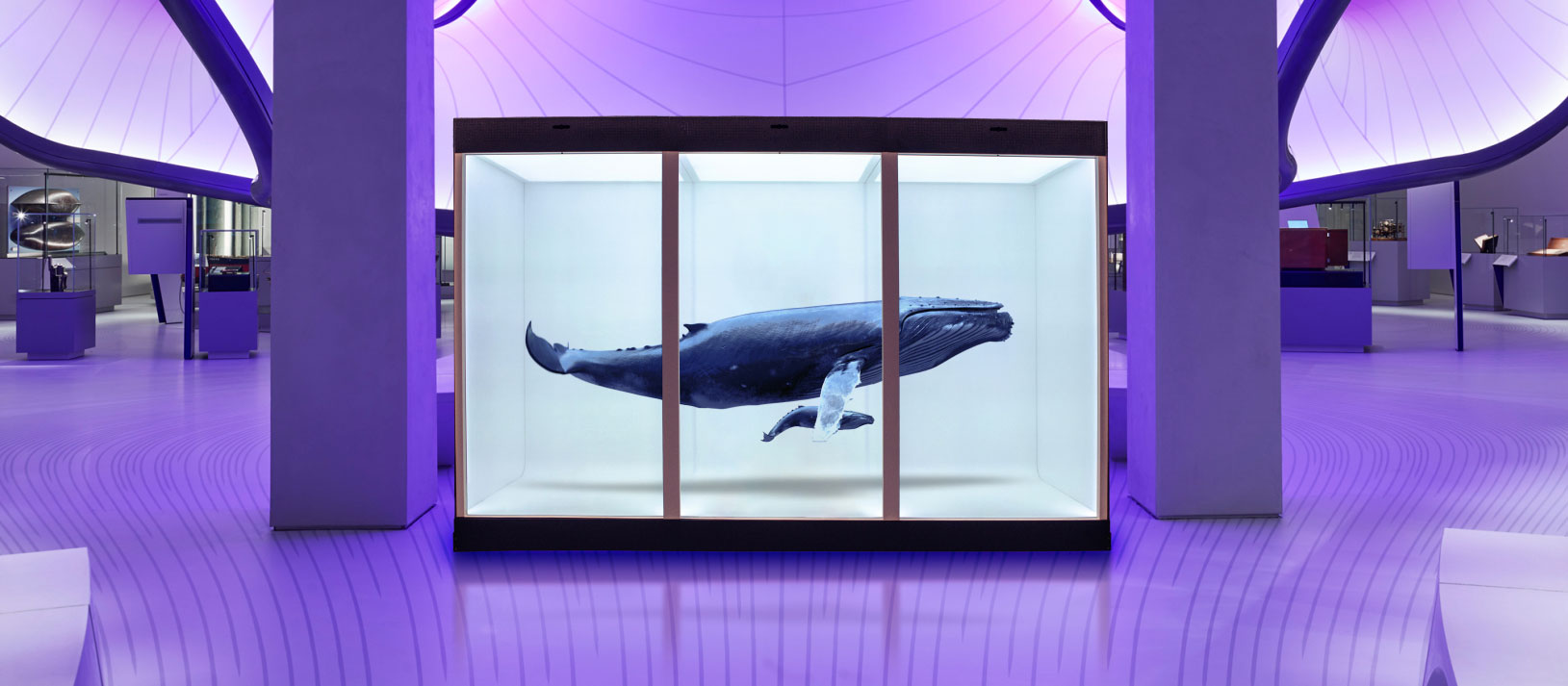Can a hologram be a main attraction?

In the competitive world of theme parks, museums, and attractions, the constant quest for the 'next big thing' is real and relentless. Emerging technologies, such as augmented reality and virtual reality, have already shown their potential in captivating audiences. However, holograms stand out as a front-runner in delivering immersive, unforgettable experiences that can redefine how we engage with entertainment and education in these settings.
According to Market Research Future, the global holography market is projected to grow rapidly. This growth is partly driven by the increasing application of holography in theme parks, museums, and other attractions. Furthermore, a survey by Statista highlighted that 72% of respondents expressed interest in experiencing holographic displays at theme parks and museums, showing the significant appetite for this technology among consumers.
What sets holograms apart from other technologies is their ability to deliver rich, three-dimensional visuals without the need for special glasses or headsets. Visitors can interact with life-size holographic characters or objects, making the experience far more dynamic and engaging than traditional 2D displays. Imagine strolling through a museum where historical figures come to life, sharing stories that leap out of textbooks and into the three-dimensional world. Or picture a theme park where the main attraction is a holographic performance, realistic enough to suspend disbelief and transport audiences to another world entirely.
This level of immersion can have a substantial impact on visitor engagement and satisfaction. According to a study published in the International Journal of Human-Computer Studies, interactive displays, including holograms, increased the time visitors spent at an exhibit by 45%, which in turn positively influenced overall visitor satisfaction.
Beyond entertainment, the educational value of using holograms in museums and attractions cannot be overstated. Studies in the field of education technology indicate that interactive, immersive experiences significantly improve information retention and understanding. A report from the New Media Consortium Horizon Project stated that technologies which offer interactive experiences can increase retention rates by up to 27%.
Holograms offer unparalleled flexibility and adaptability. They can be easily updated to display new content, making it more cost-effective in the long run than static installations. This ability to change and adapt can keep exhibits fresh, encouraging repeat visits.
Financially, holograms can also be a win-win situation. According to a report by KPMG, attractions that incorporated emerging technologies, like holograms, saw an increase in ticket sales by an average of 25%. With the additional pull of unique, 'Instagrammable' experiences, this technology offers an excellent return on investment.
While there are various technologies competing for attention in theme parks, museums, and other attractions, holograms present a confluence of entertainment, education, and engagement that is hard to beat. As supported by the increasing market value, consumer interest, and positive influence on both visitor engagement and revenue, holograms are poised to become the next main attraction, setting a new standard for immersive experiences.

